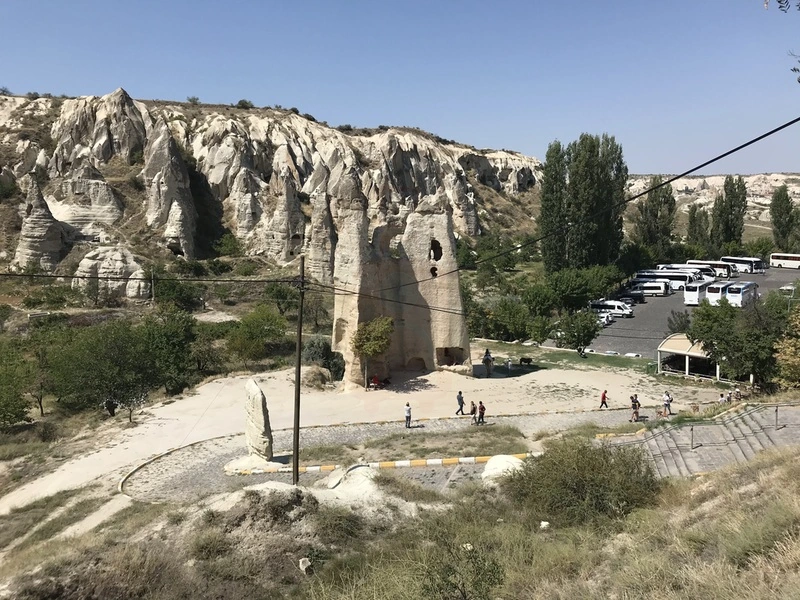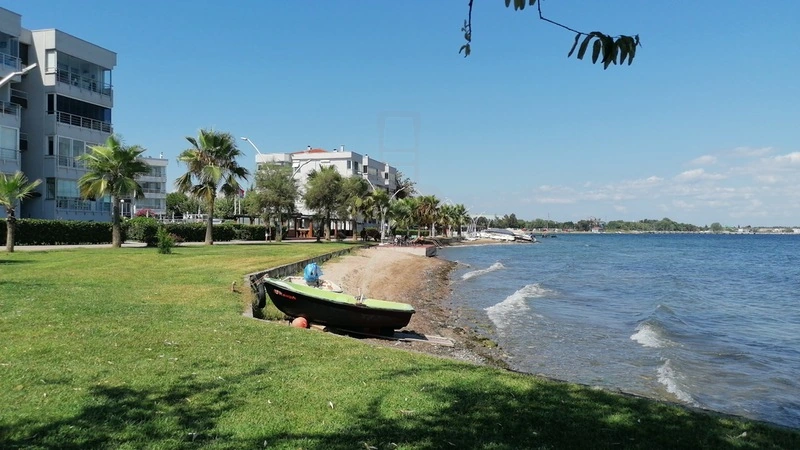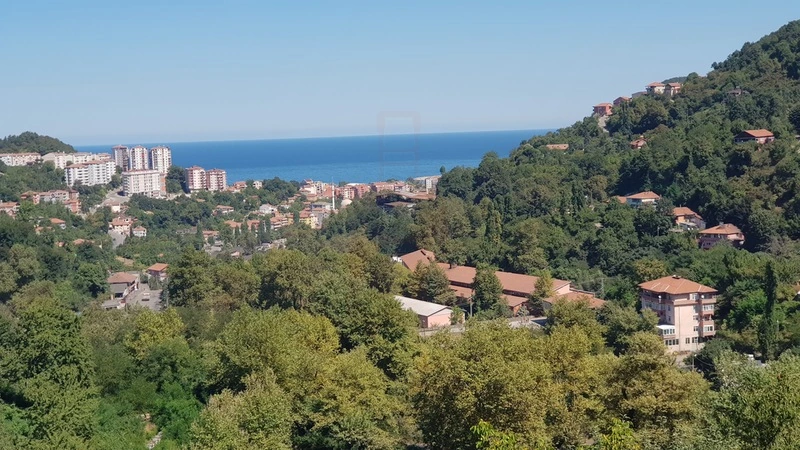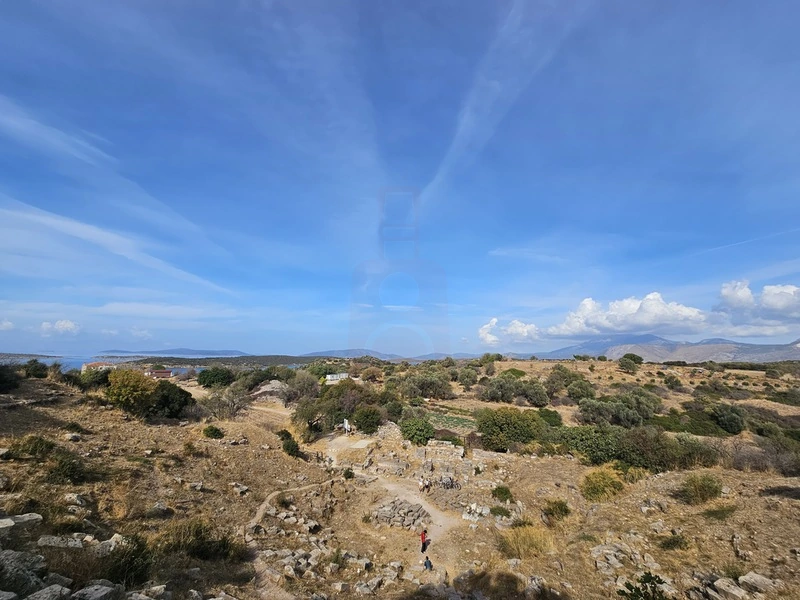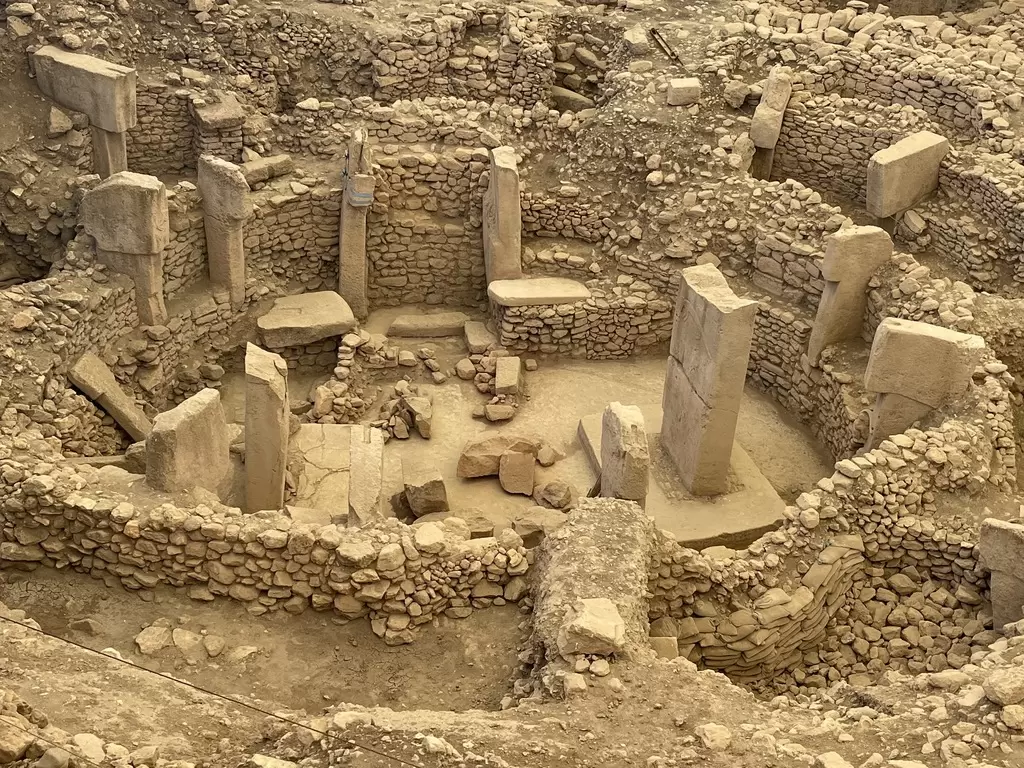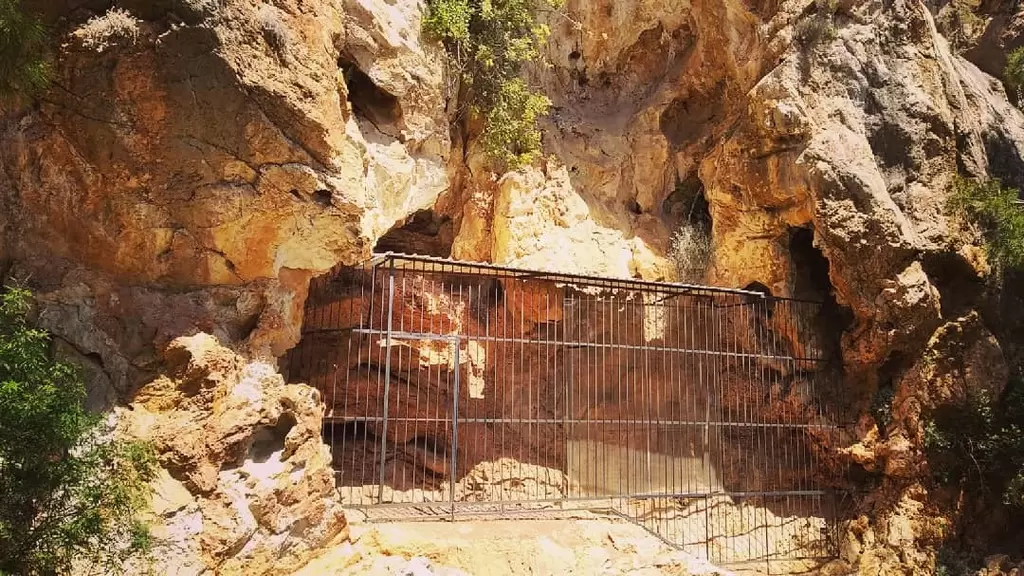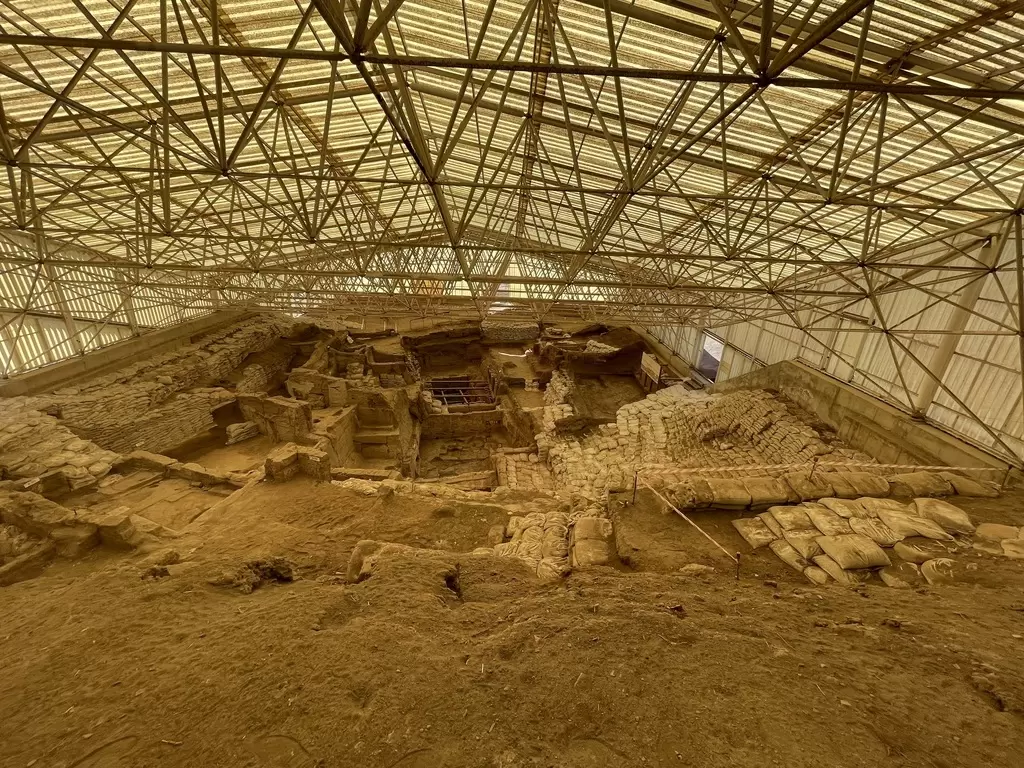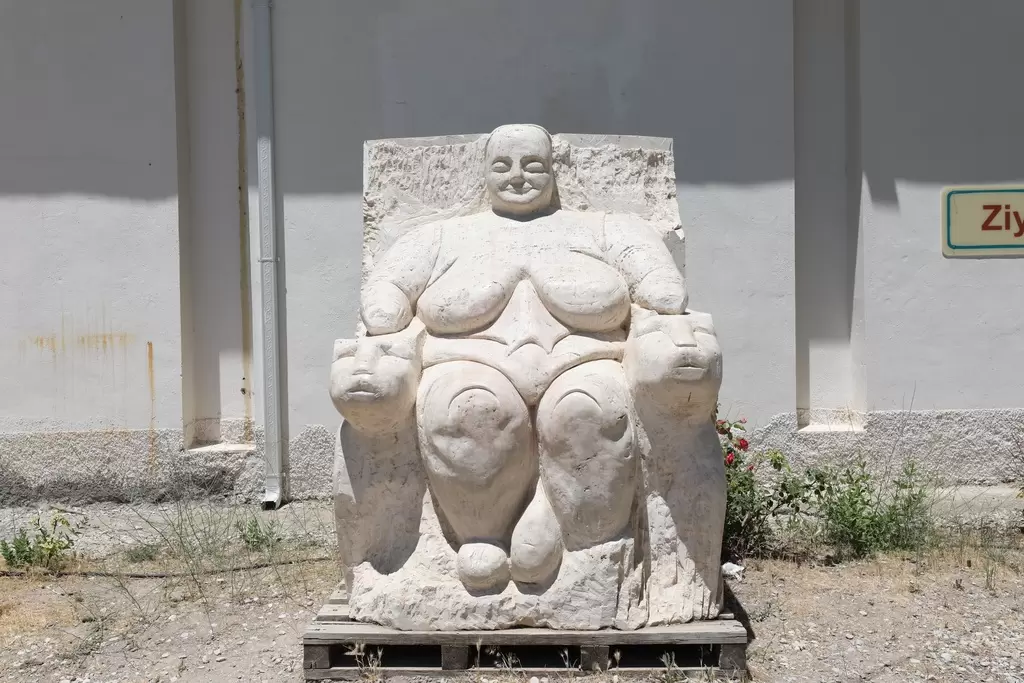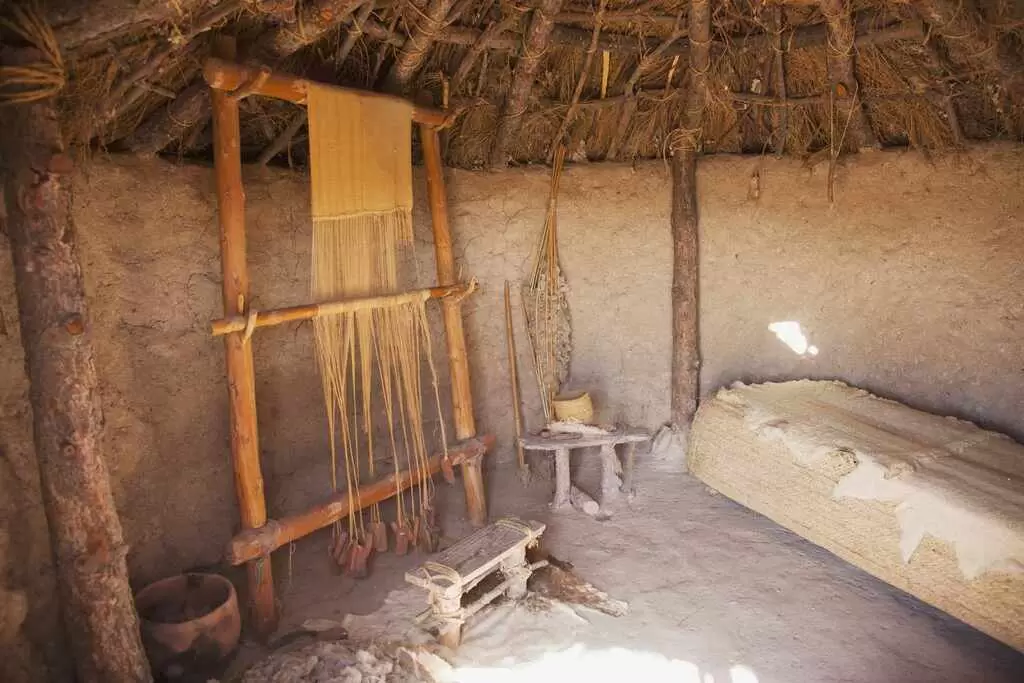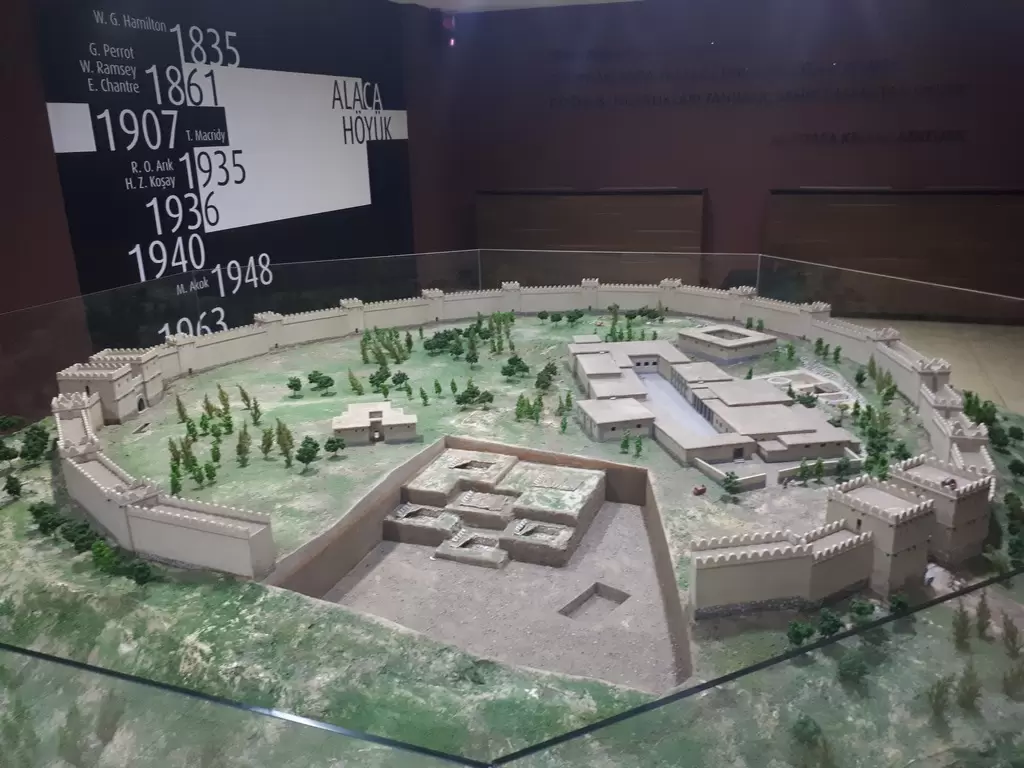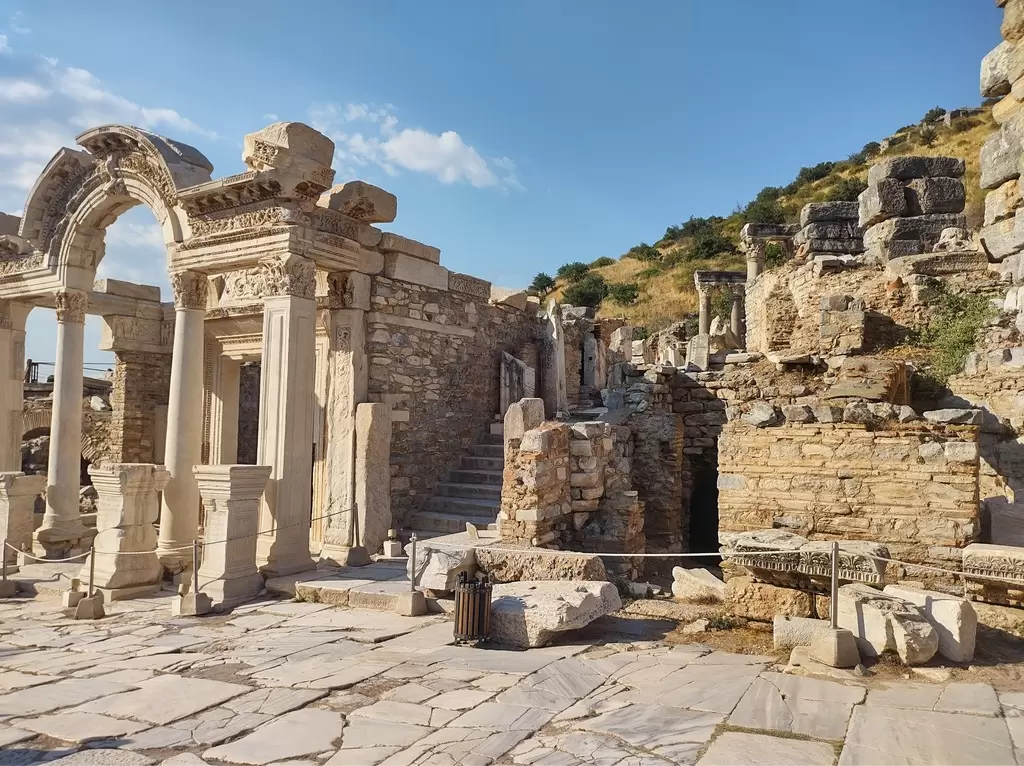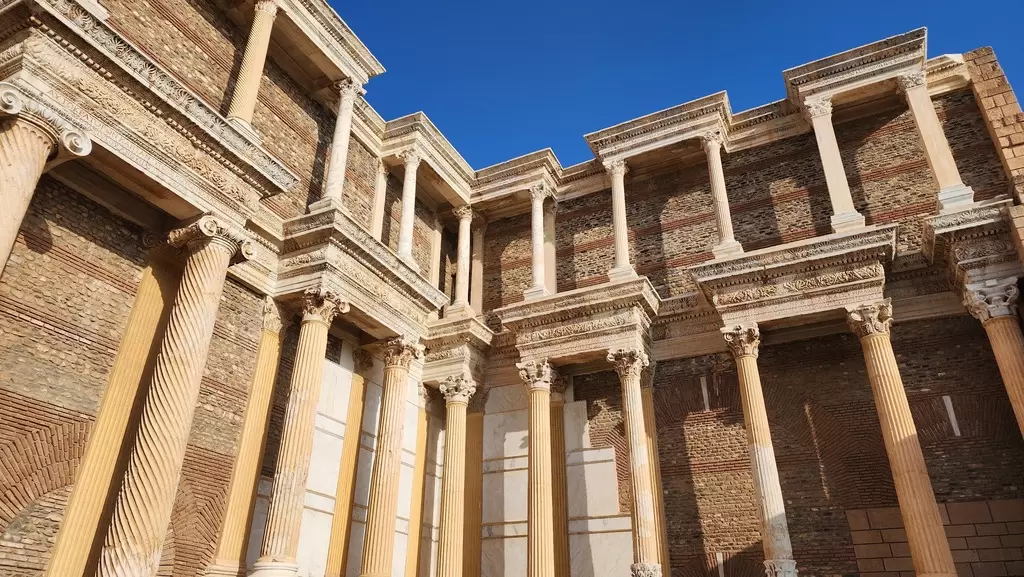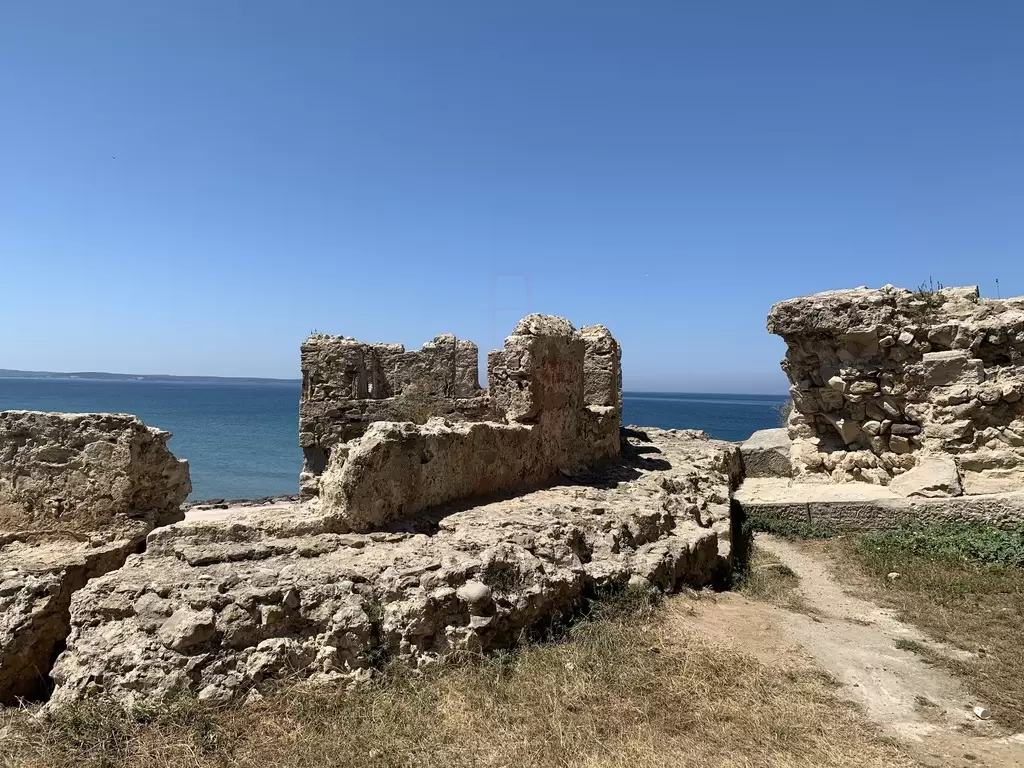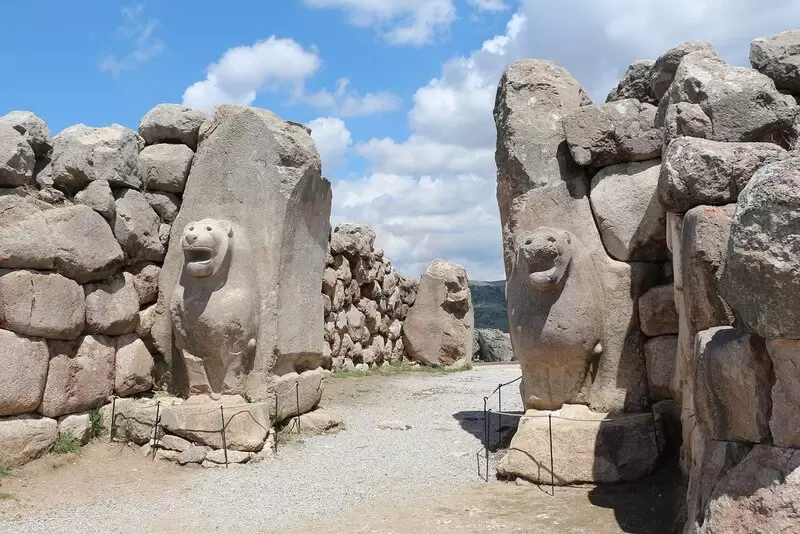
Les Hattiens étaient une ancienne civilisation qui habitait l'Anatolie centrale, en particulier dans la région autour de Hattusa, pendant l'âge du bronze. Leur présence remonte au moins au 3ème millénaire avant notre ère, ce qui en fait l'une des plus anciennes cultures connues de la région. Les Hattiens se distinguent des Hittites ultérieurs et, bien qu'ils aient finalement été absorbés dans la société hittite, leur identité culturelle et linguistique unique a jeté les bases du développement futur des civilisations anatoliennes.
La langue hattienne, qui n'est pas bien compris, est considéré comme une langue isolée, ce qui signifie qu’il n’a aucun parent connu. Cette singularité linguistique ajoute au mystère entourant leurs origines et leurs pratiques culturelles. Les Hattiens adoraient diverses divinités, avec un riche panthéon comprenant des dieux associés à la nature, à la fertilité et au monde souterrain. Leurs pratiques religieuses étaient profondément liées à leur vie quotidienne, avec des rituels et des cérémonies qui reflétaient leurs croyances et leurs valeurs.
La société hattienne était organisée en petites cités-États, chacune gouvernée par des dirigeants locaux. Ces cités-États se livraient à des échanges commerciaux et culturels avec les peuples voisins, notamment les Sumériens, les Akkadiens et plus tard les Hittites. Les Hattiens étaient experts en métallurgie et en poterie, produisant des céramiques et des outils complexes qui mettaient en valeur leur savoir-faire. Leurs expressions artistiques incluaient souvent des motifs liés à leurs croyances religieuses et à leur environnement naturel.
Les Hattiens sont particulièrement remarquables pour leurs contributions au développement de la civilisation hittite, qui a émergé vers le XVIIe siècle avant notre ère. Au fur et à mesure que les Hittites élargissaient leur territoire, ils assimilèrent de nombreux aspects de la culture hattienne, notamment les pratiques religieuses, les styles artistiques et peut-être même des éléments de leur langue. Cet échange culturel a enrichi la société hittite et a contribué à sa complexité.
Les fouilles archéologiques à Hattusa, la capitale hittite, ont révélé des informations importantes sur la vie hattienne. Des artefacts tels que des poteries, des outils et des objets religieux indiquent une société sophistiquée dotée de compétences avancées dans divers métiers. Les ruines de Hattusa comprennent également une architecture monumentale, telle que des temples et des fortifications, qui reflètent l'influence des traditions hattiennes sur l'architecture hittite.
Malgré leur éventuelle absorption dans l'empire hittite, l'héritage des Hattiens perdure dans le monde culturel. et récit historique de l'Anatolie. Leurs contributions uniques à la langue, à la religion et à l'art soulignent leur importance dans l'histoire ancienne de la région. Aujourd'hui, les sites archéologiques associés aux Hattiens continuent de faire l'objet de recherches, fournissant des informations précieuses sur cette civilisation énigmatique et son rôle dans le contexte plus large des anciennes cultures anatoliennes.




